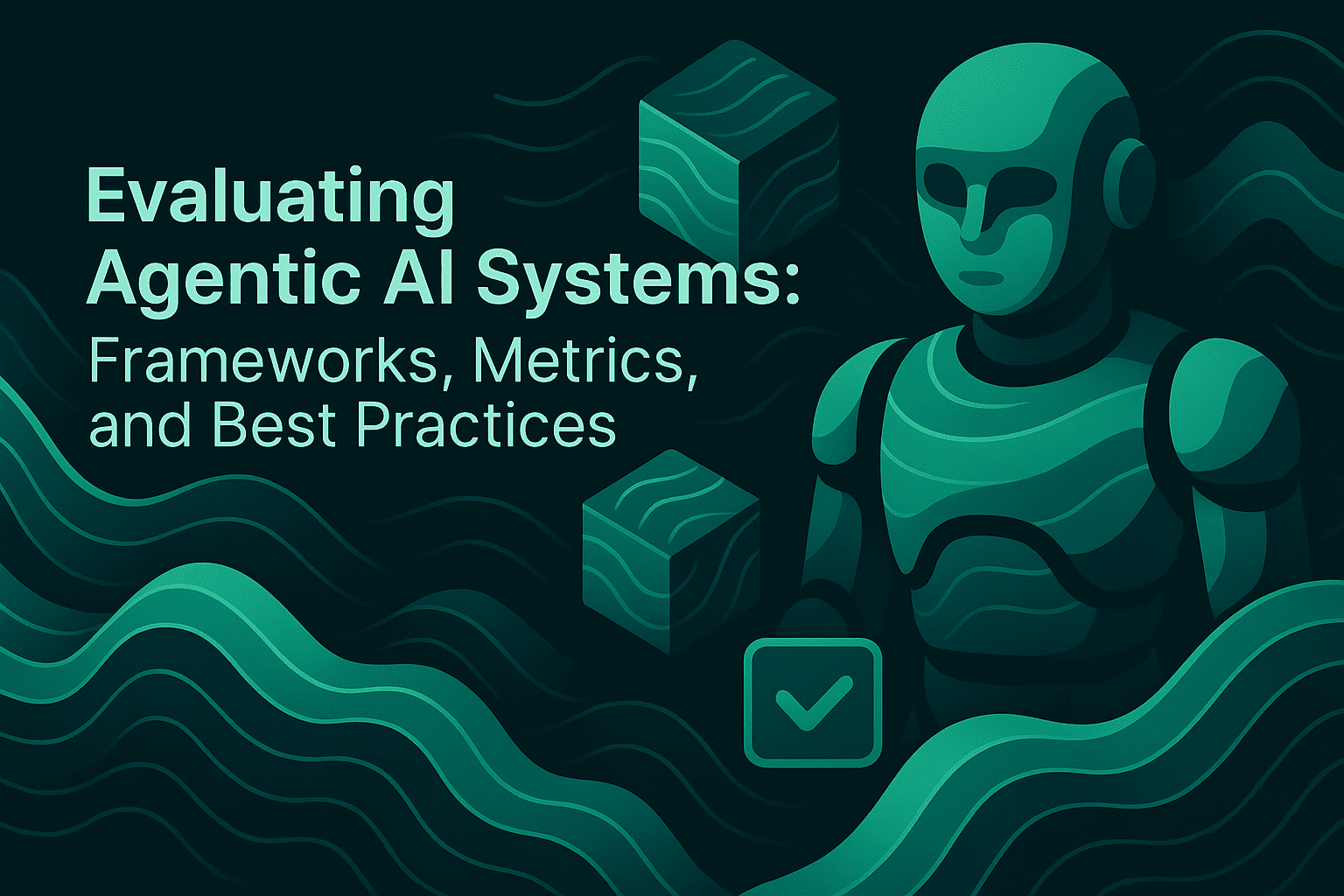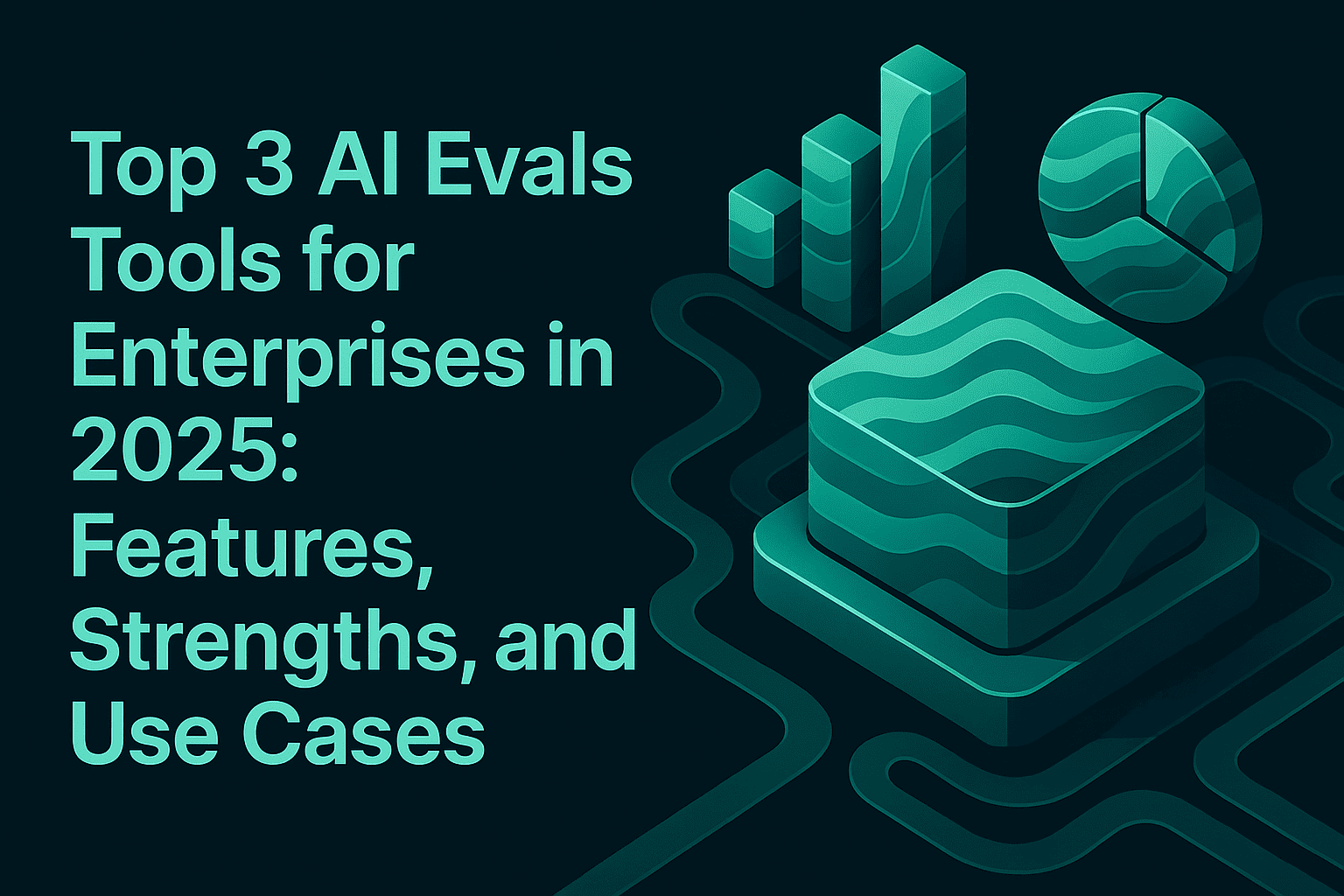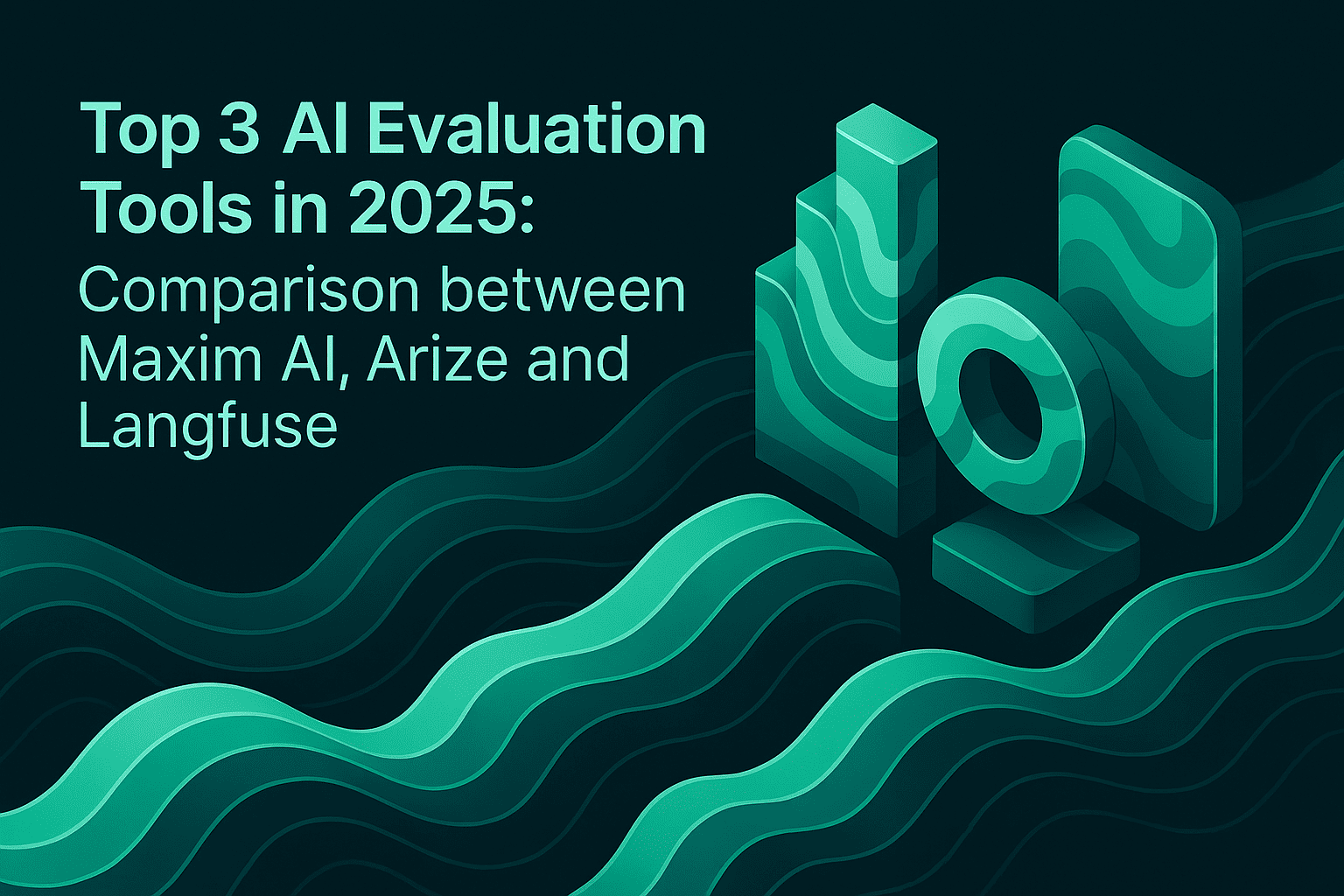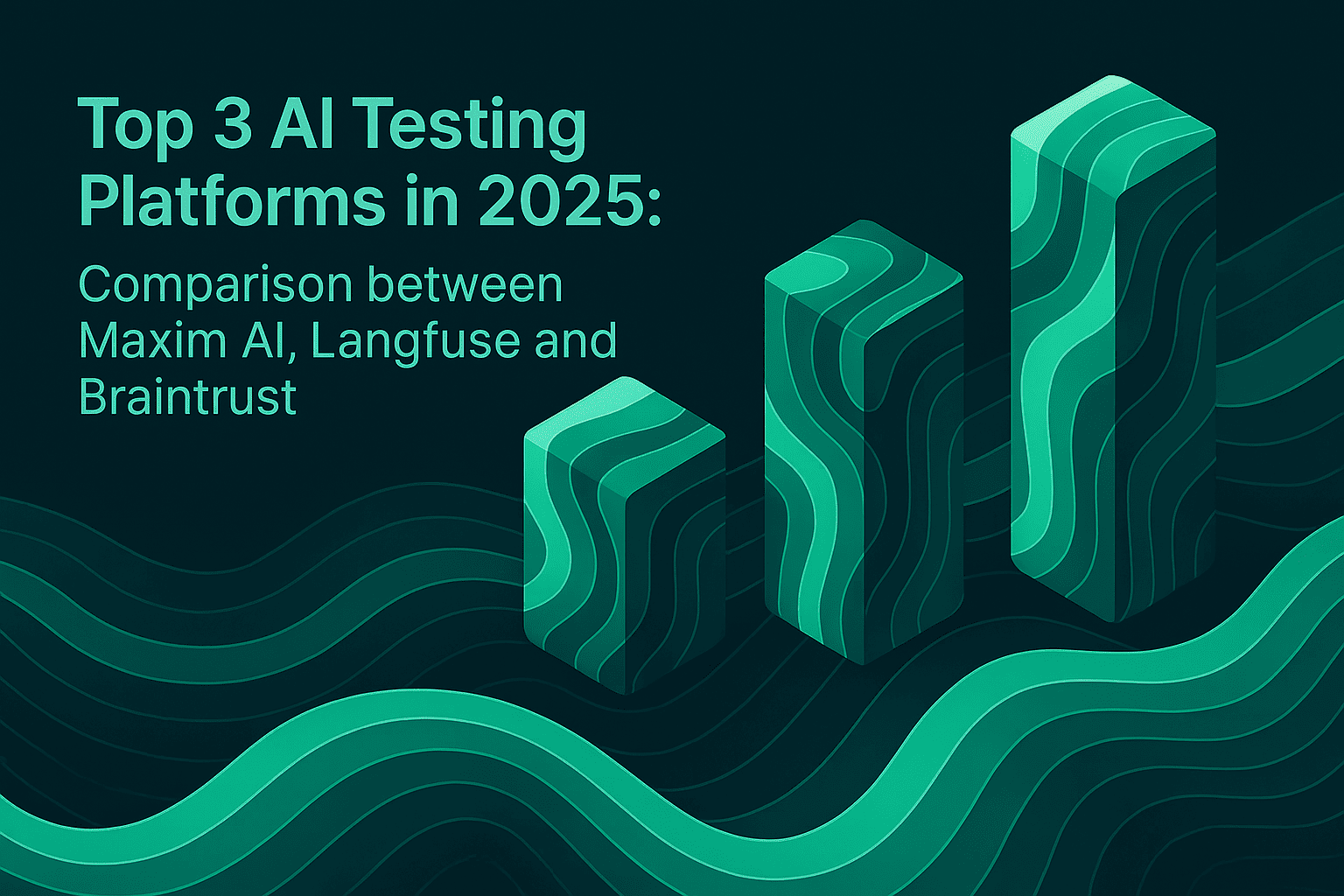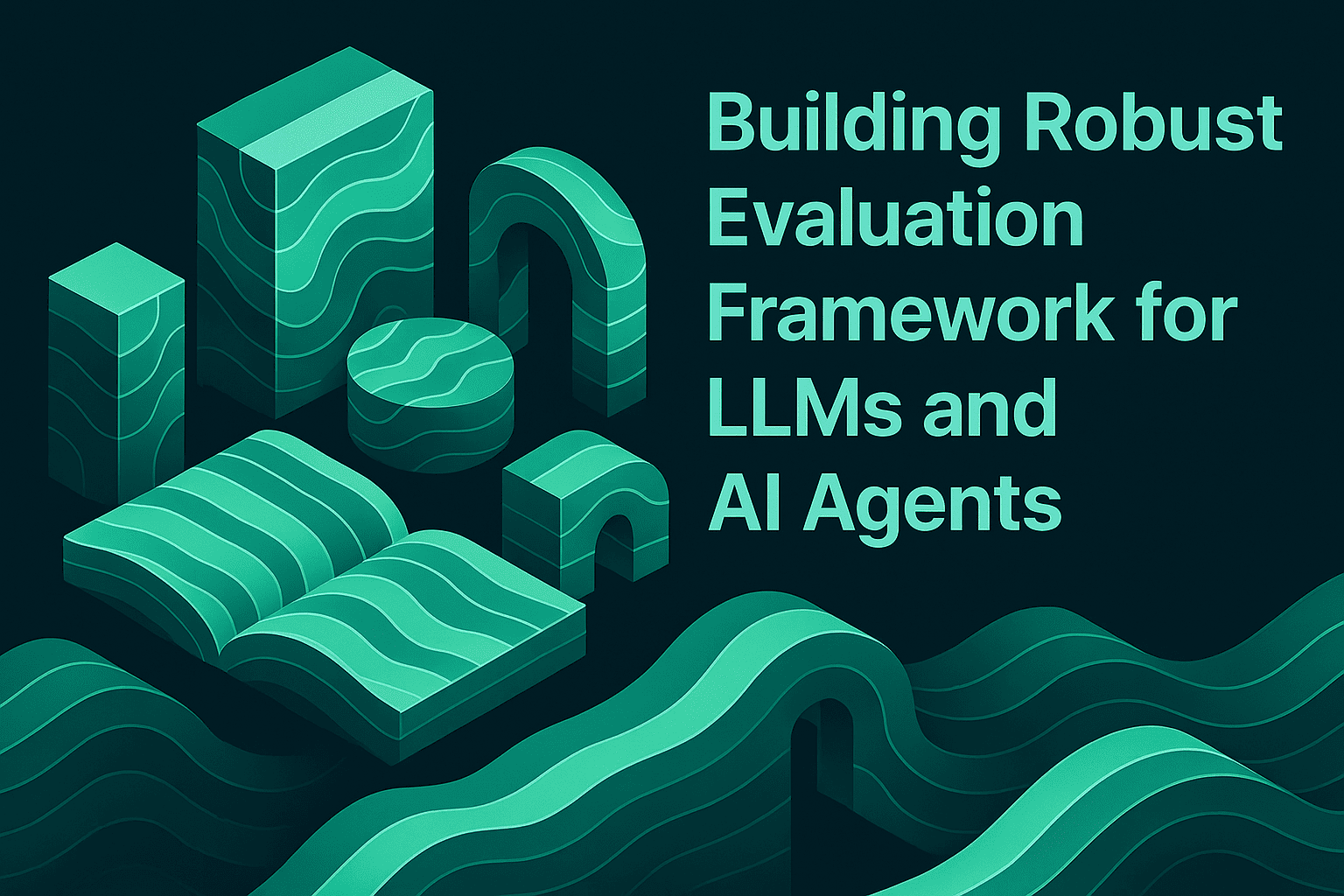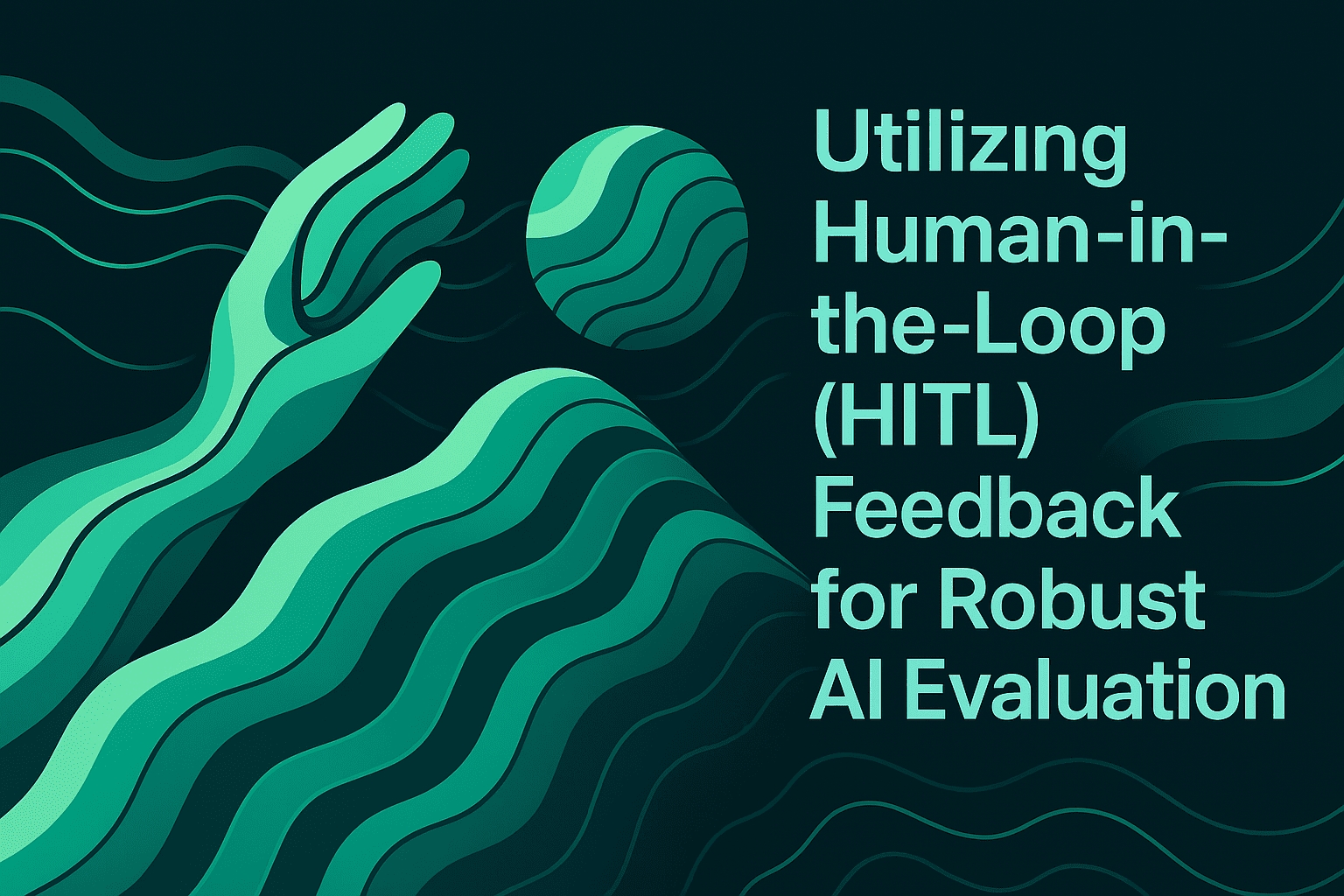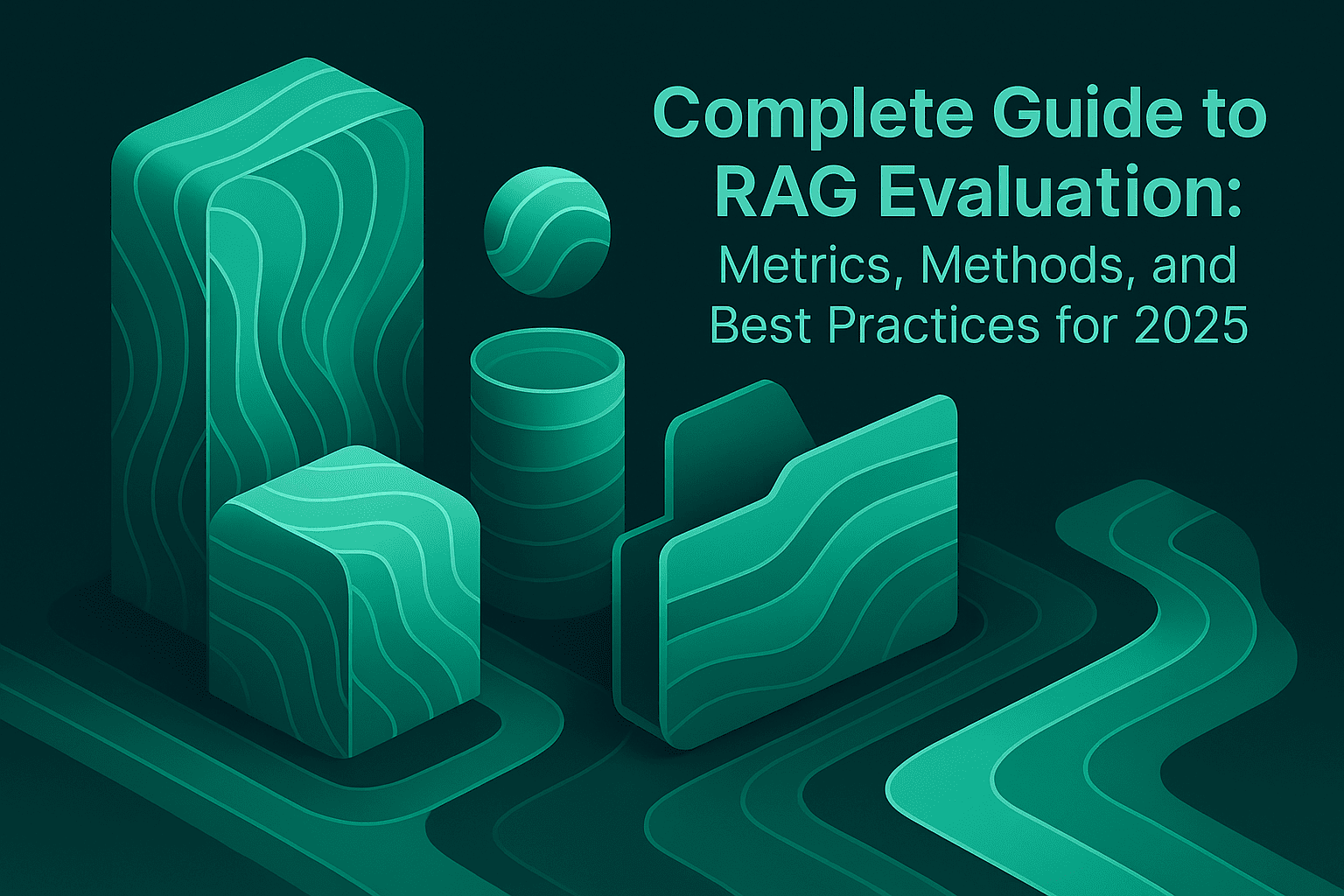
Complete Guide to RAG Evaluation: Metrics, Methods, and Best Practices for 2025
Retrieval-Augmented Generation (RAG) systems have become foundational architecture for enterprise AI applications, enabling large language models to access external knowledge sources and provide grounded, context-aware responses. However, evaluating RAG performance presents unique challenges that differ significantly from traditional language model evaluation. Research from Stanford's AI Lab indicates that
